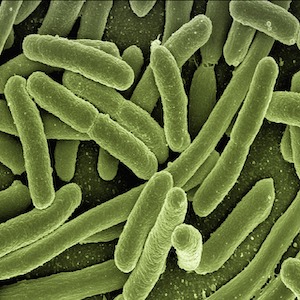Evaluating Escherichia coli contamination in bivalve mollusks using the impedance method: a comparison with most probable number analyses and correlation with environmental parameters

Accepted: 16 February 2023
HTML: 9
All claims expressed in this article are solely those of the authors and do not necessarily represent those of their affiliated organizations, or those of the publisher, the editors and the reviewers. Any product that may be evaluated in this article or claim that may be made by its manufacturer is not guaranteed or endorsed by the publisher.
Authors
The application of an electrochemical (impedance) tool for monitoring Escherichia coli contamination in shellfish was evaluated after 13 months of observation. The primary aim of the present study was to compare the standard most probable number (MPN) and µ-trac 4200 (log imped/100 g) for the assessment of E. coli contamination (log MPN/100 g) in non-depurated bivalve mollusks (BM) from five sampling areas of the Veneto-Emilian coast (Italy) (118 samples). The secondary aim was to evaluate the correlation between E. coli concentrations in BM and environmental factors on a large data set (690). The methods showed a moderate, positive correlation (0.60 and 0.69 Pearson and Spearman coefficients, respectively; P<0.01) in Ruditapes philippinarum. The McNemar test indicated analogous sample classification between methods, and the impedance method overestimated the most contaminated class (P=0.03; >4,600 MPN/100 g). The results highlighted the suitability of the impedance method for a faster evaluation and routine use especially in clams, while in Mytilus it seemed less effective. Different models built by multivariate permutational variance analysis and multinomial logistic regression selected the suitable environmental features able to predict the E. coli load. Overall, salinity and season affected the E. coli contamination, whereas locally it was mainly influenced by hydrometry and salinity. The application of the impedance method coupled with environmental data analysis could help purification phase management to adhere to legal limits and could represent an advantage for local control authorities to define actions, considering extreme meteorological events' effects as a proactive reaction to climate change.
How to Cite

This work is licensed under a Creative Commons Attribution-NonCommercial 4.0 International License.
PAGEPress has chosen to apply the Creative Commons Attribution NonCommercial 4.0 International License (CC BY-NC 4.0) to all manuscripts to be published.

 https://doi.org/10.4081/ijfs.2023.11103
https://doi.org/10.4081/ijfs.2023.11103





